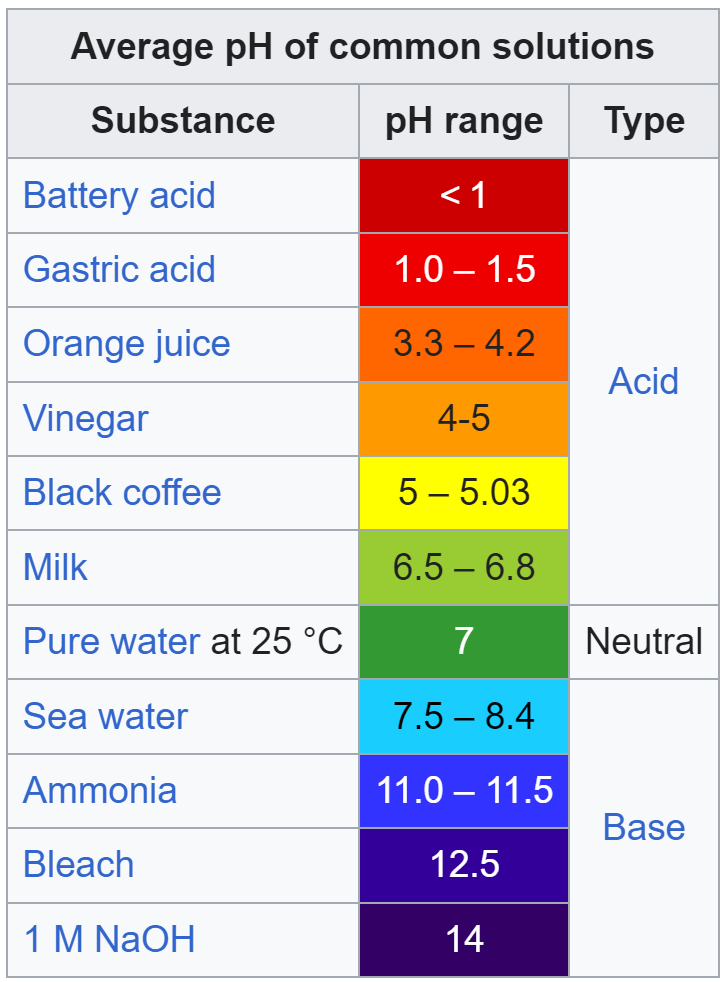The business world has a long history of abusing or diluting any substantive improvement idea, method, or tool. Sooner or later it turns these into a short- or longer-lived fad, whether deserved or not. This seems to be caused by the existence of hierarchies and the socio-economic-political nature of business, as well as frequent turnover of top leadership.
If you have been working for the last 30 or more years, or if you are familiar with management history, you are no doubt aware of the many management fads that have come and gone since the 1930s. These include:
- Human Relations
- Management by Objectives
- Matrix Management
- Business Process Reengineering
- Theory Z
- Empowerment
- Best Practices
- Benchmarking
- Transformational Leadership
- System of Profound Knowledge
- Total Quality Management
- 360o Feedback
- Knowledge Management
- Management by Walking Around
- Emotional Intelligence
- Six Sigma
- Lean Six Sigma
- Lean Management
- Agile Management
- Employee Wellbeing
And many more! Some fads are in-process today, others are waiting their turn in the spotlight, while others are exiting from consciousness. What is the reason why all of these new ideas from great management thinker and practitioners do not stick? Why don’t they produce the intended results of better leadership and better management?
Business leaders share some similarities with politicians in that they will quickly change course as circumstances change or if their peer group makes a shift in direction — whether real or rhetorical. Add to that the churn in top leadership and general management ranks, and it is easy to see why ideas to improve leadership and management practices — grounded in solid empirical research and real human need — do not stick. But let’s think more deeply about this problem.
For centuries, and longer, leaders have led in similar ways, mentoring one another across generations in the art of leadership and business management. Priests were the first business persons, trading in blessings, fortune telling, icons, tithes, and sacrifices, then came Divine Kings, followed by Kings and Queens, and finally business leaders, all of whom lord over people, property, and processes.
Yes, there is less physical brutality, better pay, better working conditions, and so on now compared to then — though “mental brutality,” stress, remains and seems to be getting worse. But, fundamentally, leadership and the management of organizations has advanced far less than one would imagine, especially over the last 50 years. So what’s going on? Let’s learn some management chemistry.

Image source: Wikipedia
Think of classical management — the old way of leading and managing organizations that remains popular today — in chemical terms, as a basic solution, an alkali with a high pH (“potential of hydrogen,” a measure of the concentration of hydrogen ions). A high pH means something is more alkali or more “base.” Classical management is a high pH alkali management system. How do we know that?
Management fads are acids to classical management. When an acid comes along — any of the above management fads — classical management quickly neutralizes them. To leaders committed to classical management, anything that seeks to disrupt or displace classical management is a sour tasting acid that must be neutralized.
Because of traditions passed along through history, the strength of classical management is like sodium hydroxide (caustic soda), with a pH of 14. Then along comes something like Lean management, an acid with a pH of 1 or less, seeking to dissolve classical management. That does not happen. What you end up with remains a base solution. Meaning, classical management still thrives, although weakened slightly.
What happens in the real world to all these new ideas that seek to improve leadership and management practices by corroding or dissolving classical management? The leaders who are committed to classical management — and that means most leaders — neutralize most of the fad, but may allow some dilution because there is some benefit to them. In other words, they allow certain tools and methods to become part of classical management practice, invariably for use by lower-level employees to improve KPIs and metrics. Fundamentally, the nature of classical management is unchanged. It retains the economic, social, political, historical, philosophical, spiritual, and aesthetic features that leaders treasure most.
Why do leaders treasure classical management? They treasure it because it maximizes their status, rights, and privileges. All the new ideas that seek to improve leadership and management practices in one way or another, and to greater or lesser extents, reduce (corrode) leaders’ status, rights, and privileges. Hence, they must be neutralized. Efforts to do this have been consistent throughout history.
Those who hope to upset the status quo and replace classical management must therefore be both much smarter and more opportunistic. They have yet to do either. They just keep coming up with new ideas that are yet again swiftly neutralized.
